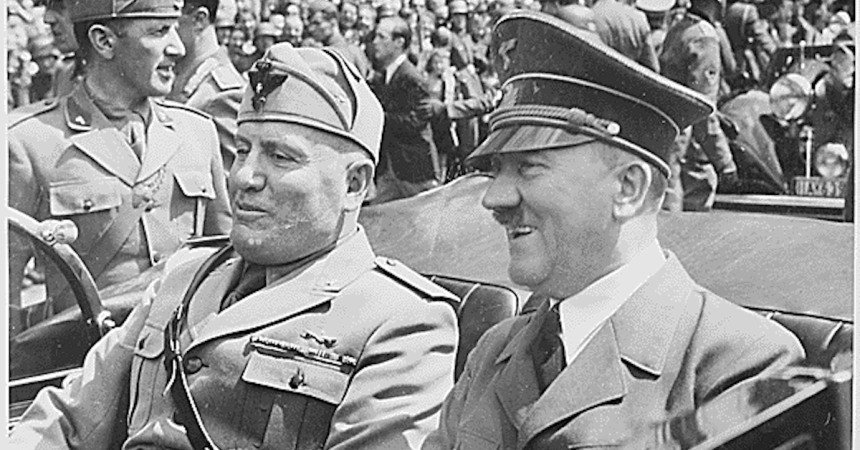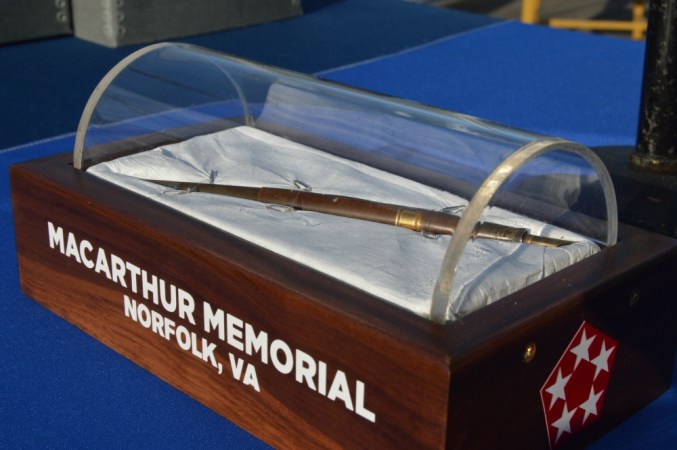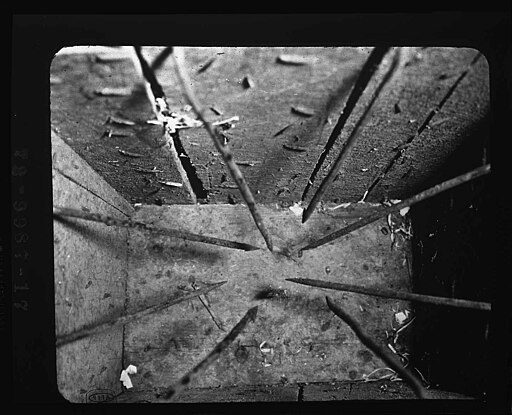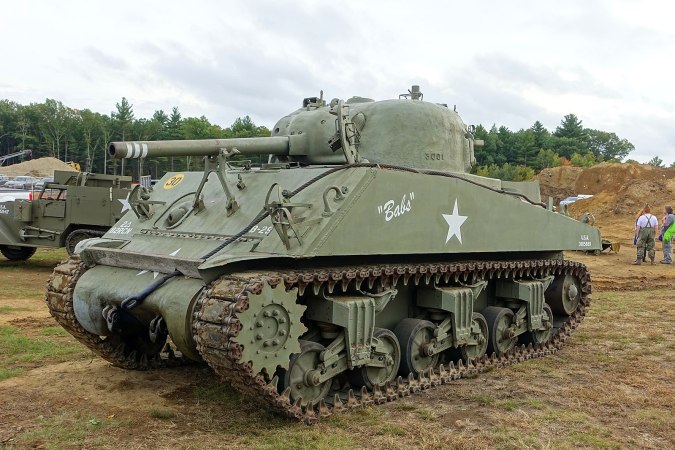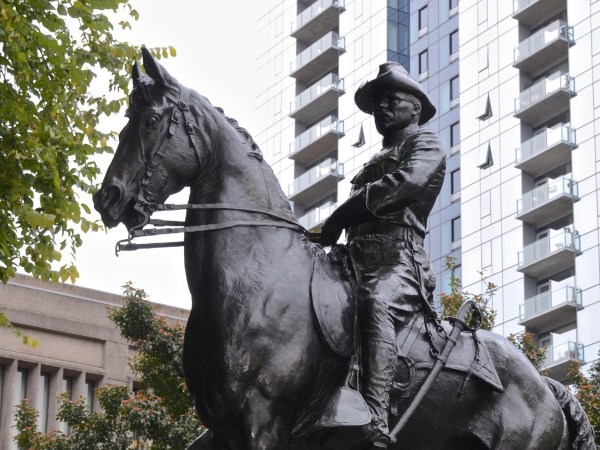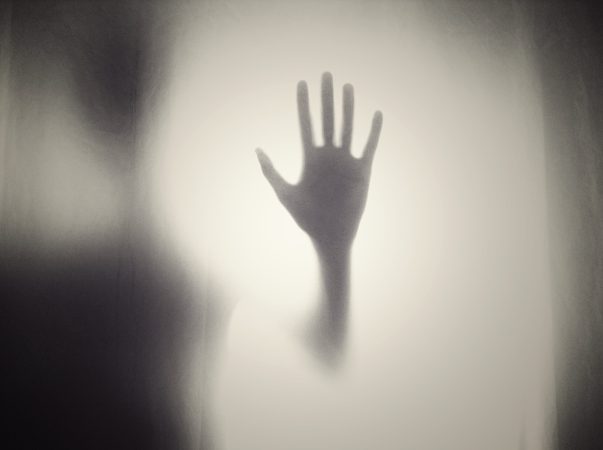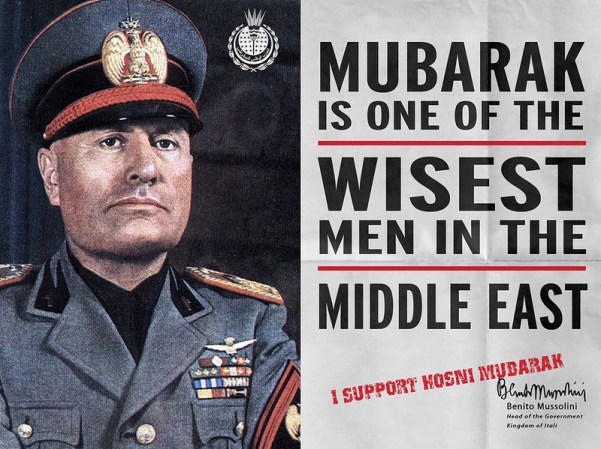The book character Dracula is based on Vlad Dracula, a 15th-century royal often known as Vlad the Impaler for his tendency to place human beings on spikes, largely because of a stunning June, 1462, attack on the armies of the Ottoman Sultan Mehmed II.

Vlad III, the ruler of Wallachia who would be known as “The Impaler” and “Dracula.”
First, let’s acknowledge that Vlad is world famous because he was a literal monster who would later be immortalized as a fictional vampire. His actions, including the ones discussed herein, were horrible — some of which would be considered war crimes today. So, you know, don’t keep reading if you don’t want to hear about Vlad the Impaler’s war crimes. (Also, in the future, don’t click on articles about Dracula’s brutal attacks. There’s no way these articles won’t be monstrous.)
Vlad was the son of a smart and capable ruler of the realm of Wallachia, a small territory on the Black Sea that was trapped between the then-large and powerful Kingdom of Hungary and the Ottoman Empire. Vlad and his brother were taken by the Ottoman Empire as hostages when young, growing up in the sultan’s court. Vlad’s brother took to Ottoman life and converted to Islam, but Vlad developed a deep hatred of the sultan and his kingdom.
When Vlad ascended to the throne, Sultan Mehmed II sent envoys to demand a tribute from the young ruler. Vlad, giving a hint as to how he would also rule his own people, ordered the two Ottoman men executed and their heads impaled with long nails. The sultan was understandably angry at this treatment and sent a top general to exact revenge.
But Dracula, which translates to “Son of the Dragon,” was an heir to a successful military leader and a smart tactician in his own right. He led his own forces against the sultan’s army and set a successful ambush, capturing many of the Ottoman soldiers sent against him.
Mehmed II had been engaged in a lengthy siege, but he abandoned it to answer this new threat. Vlad had marched into the sultan’s lands and laid waste, poisoning water, burning villages, and yes, impaling soldiers and civilians. Some were even impaled alive, and the sultan’s men began finding some still breathing and gurgling on the spikes as the Ottoman army closed on the forces of Wallachia.
It was these attacks on Turks and Bulgarians that would cement Vlad’s status as the “Impaler.” By his own estimates, Vlad and his men killed 23,844 people, not counting those who burned in their homes rather than come out and face the Wallachians’ spears and swords.

Mehmed II was a great military leader of the Ottoman Empire.
(Paolo Veronese)
Mehmed II ordered mercy killings for those who were on spikes but still alive, and the sultan prepared to go on the warpath within Wallachia. But Vlad had continued his devastation within his own country. Vlad had done many of the same things to his own people while withdrawing ahead of the much larger Ottoman army.
The scorched earth campaign worked; the Ottomans could find little food or water for them or their horses. Any foragers who strayed too far were killed by Vlad’s men. The rest of the Ottoman army were forced to make camp and resupply.
But they did so near the fortress of Targoviste, and Vlad was waiting for the sultan. When he saw the large tents going up, he disguised himself as a senior member of the Ottoman army and walked right up to the gate guards, using his accent-free Turkish that he had gained as a hostage in the Ottoman court to get in unchallenged.

(Theodor Aman)
He carefully paced the camp and searched out all the key targets, then walked right out. That night, Vlad returned and ordered the gates opened, again. This time, he entered with a column of horses and got hundreds in before the guards even knew to raise the alarm. By the time the sultan’s camp was rousing itself for the fight, Vlad had between 7,000 and 10,000 troops burning a path to the sultan’s tent.
Unfortunately, the sultan was absent from the tent, so Vlad burned it to the ground, attacked the tent of the sultan’s top advisers, and pulled out before the Ottomans could launch a proper counterattack. Luckily for them, the Ottomans spent the first couple of hours fighting each other in the confusion caused by the raid.
Over the following days Mehmed regrouped his forces and marched to the fortress of Targoviste, where there worst horror of the whole campaign waited for them.
Vlad and his men had erected a massive forest that covered a square mile outside the fortress. It was made of 20,000 sharpened stakes, and each stake had at least on body impaled on it. While many were prisoners of war, some were women and children. The worst were the mothers whose babies were attached to their bodies. Birds had made nests in some of the corpses.
Mehmed II had the numbers and the experience to lay siege to the fortress, but in the face of these horrors, he pulled back. Vlad ruled Wallachia off and on until 1477, when he was killed in battle. Wallachia would survive as a principality until merging with Moldovia in 1859. It would eventually become part of modern-day Romania.




